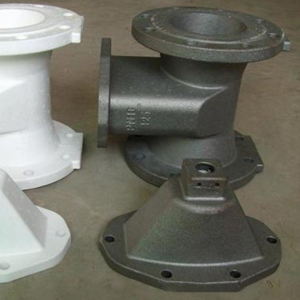
How to Make a Lost Foam Mold
A lost foam mold, also known as evaporative pattern casting, is a technique used to create intricate metal castings.involves the use of a foam pattern that is coated with refractory material and then buried in sand.

A lost foam mold, also known as evaporative pattern casting, is a technique used to create intricate metal castings.involves the use of a foam pattern that is coated with refractory material and then buried in sand.
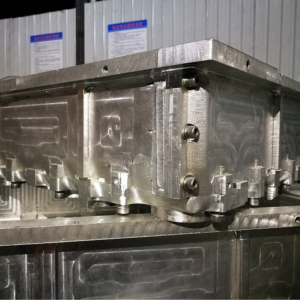
Expanded Polystyrene (EPS) foam molds are generally not waterproof. EPS foam is porous and can absorb water over time, especially if exposed to moisture or submerged in water. However, EPS can be treated or coated to improve its water resistance to some extent. For applications where waterproofing is critical, such as in construction or packaging for items sensitive to moisture, additional waterproofing measures or alternative materials might be necessary.

airplanes made from foam materials like Expanded Polystyrene (EPS) or Expanded Polypropylene (EPP), these are often used in model aircraft or lightweight, experimental aircraft designs. Foam materials offer advantages such as light weight, ease of shaping, and sometimes, impact resistance, making them suitable for certain types of aircraft construction.
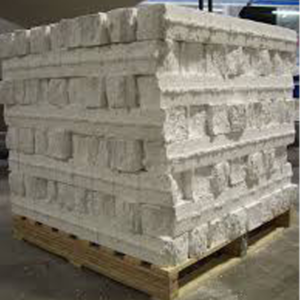
Let’s dive deeper into the mechanics of mold growth on EPS, clear up common misconceptions, and provide practical ways to manage EPS to prevent mold formation.
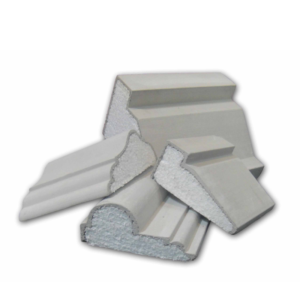
Mold EPS (Expanded Polystyrene) is a process where EPS beads are expanded and fused inside a mold to create a specific shape or form.
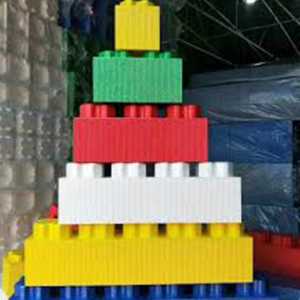
Expanded Polypropylene (EPP) is a versatile, lightweight, and resilient material that has gained popularity across various industries, including automotive, packaging, consumer goods, and more.Let’s take a deeper look at the details of EPP molding.
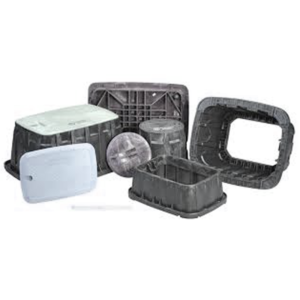
This article will walk you through the steps of making a foam mold, from gathering materials to finishing your cast.
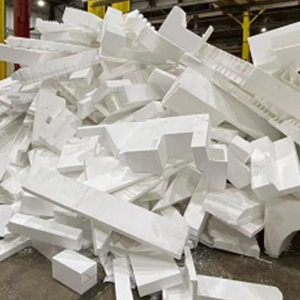
This article mainly describes the steps of recycling EPS and the application of recycled EPS

Foam molding is a versatile manufacturing process used to create lightweight, durable, and intricate products from foam materials. This method is prevalent in various industries,
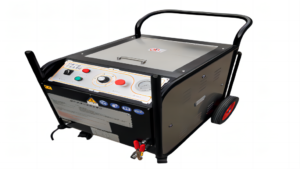
Dry ice cleaning machines use high-pressure gas made from solid carbon dioxide (dry ice) to clean mold surfaces.
We adhere to the quality concept of “keep improving”, and strive to provide customers with the best products and services.
We will contact you soon,please pay attention to the email with the suffix”@epsole.com”.